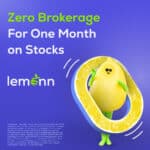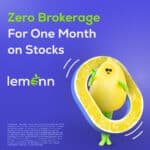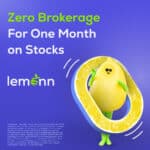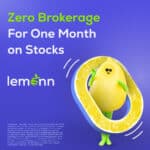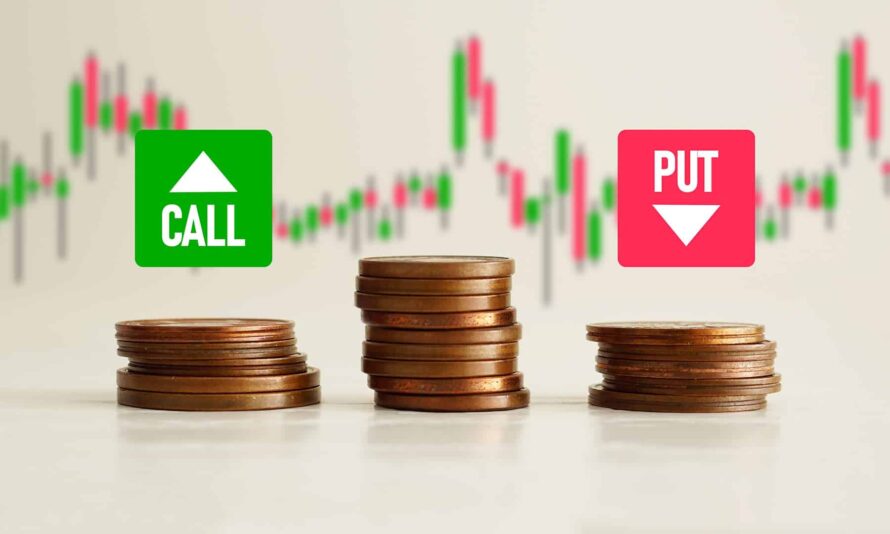
Introduction
When trading in the options market, understanding put option interest, call option interest, and the put-call ratio (PCR) is essential for interpreting market sentiment. These indicators help traders gauge whether the market is leaning towards bullish or bearish expectations. In this blog, we’ll break down these concepts with clear explanations and examples.
What is Put Option Interest?
Put option interest refers to the total open interest (OI) in put contracts.
- Put options give the holder the right to sell an asset at a predetermined price before the contract expires.
- Rising put interest indicates that more traders are betting on or hedging against a potential price decline.
Example:
If Nifty 50 has 15 lakh open put contracts, it shows that traders are actively purchasing puts, possibly anticipating a market drop or protecting existing long positions.
What is Call Option Interest?
Call option interest represents the total open interest in call contracts.
- Call options provide the holder the right to buy an asset at a fixed price before expiry.
- Increasing call interest indicates traders are expecting the price to rise.
Example:
If 20 lakh call contracts are open, it suggests a bullish sentiment, as more traders are betting on the price moving higher.
Put-Call Ratio (PCR) Explained
The Put-Call Ratio (PCR) is a key market sentiment indicator calculated by dividing the put open interest by the call open interest.
Formula:
PCR= Put Open Interest / Call Open Interest
Example of PCR Calculation
Let’s say you are analyzing Nifty 50 options with the following data:
- Put OI: 15,00,000 contracts
- Call OI: 20,00,000 contracts
PCR Calculation: PCR= 15,00,00 / 20,00,00 = 0.75
Interpretation:
- PCR = 0.75 → More calls than puts → Bullish sentiment.
- Traders are buying more calls, anticipating a potential price rise.
Bearish Signal Example
If the data changes to:
- Put OI: 25,00,000
- Call OI: 20,00,000
PCR Calculation: PCR = 25,00,00 / 20,00,00 =1.25
Interpretation:
- PCR = 1.25 → More puts than calls → Bearish sentiment.
- Traders expect the market to decline or are hedging against a potential fall.
How to Interpret the PCR
- PCR > 1: More puts than calls → Bearish sentiment.
- PCR < 1: More calls than puts → Bullish sentiment.
- PCR ≈ 1: Balanced sentiment → Neutral outlook.
Contrarian Signals:
Extreme PCR values can indicate potential market reversals. For example:
- Extremely high PCR → Market may be oversold → Possible upside reversal.
- Extremely low PCR → Market may be overbought → Possible downside reversal.
Key Takeaway
- Put Option Interest → More puts indicate bearish sentiment.
- Call Option Interest → More calls signal bullish sentiment.
- Put-Call Ratio (PCR) → Measures the balance between puts and calls to interpret market sentiment.
- Extreme PCR values → Can indicate potential reversals due to contrarian signals.
Conclusion
Understanding the put-call ratio along with put and call option interest can help traders gauge market sentiment and make more informed trading decisions. By keeping an eye on PCR trends, you can better anticipate potential market movements and adjust your strategies accordingly.




